Category: sustainability – Page 336

Australian startup develops mine shaft gravity storage
Green Gravity, a startup proposing to use old mine shafts for gravitational energy storage, has secured AUD 1.4 million ($990,000) in its first formal capital raise.
Green Gravity is turning to the former cornerstone of Australia’s wealth, coal mining, to remove the final hurdle for a fully renewable electricity system. It is proposing to lift and release ultra-heavy weights in legacy mine shafts, in a reimagining of how the universal force of attraction, gravity, can be used to store renewable energy.
While the hyped Swiss startup Energy Vault recently hit rocky waters, Green Gravity CEO Mark Swinnerton is adamant that his company has distinct merits, many of which stem from the fact that its concept is rooted in redeploying abandoned but very abundant infrastructure. In recent weeks, Green Gravity secured AUD 1.4 million in its first formal fundraising round with a range of private investors, “with plenty of surplus interest,” Swinnerton told pv magazine Australia.“We are working toward a larger raise in a few months time when we firm up the capital cost for the demonstration plant.”

Cheap gel film pulls buckets of drinking water per day from thin air
Water scarcity is a major problem for much of the world’s population, but with the right equipment drinking water can be wrung out of thin air. Researchers at the University of Texas at Austin have now demonstrated a low-cost gel film that can pull many liters of water per day out of even very dry air.
The gel is made up of two main ingredients that are cheap and common – cellulose, which comes from the cell walls of plants, and konjac gum, a widely used food additive. Those two components work together to make a gel film that can absorb water from the air and then release it on demand, without requiring much energy.
First, the porous structure of the gum attracts water to condense out of the air around it. The cellulose meanwhile is designed to respond to a gentle heat by turning hydrophobic, releasing the captured water.
“Fly ash” contains rare earth elements needed for electronics
The United States’ reliance on China for rare earth elements could soon come to an end, thanks to a new process that pulls the valuable metals from the ash left over when we burn coal.
Why it matters: The 17 rare earth elements aren’t actually rare — they’re all more common than gold, and one is more abundant than copper. But getting our hands on them is difficult because they’re widely dispersed in Earth’s crust and hard to extract through mining.
That’s a problem because we need rare earth elements to make a lot of products, from smartphones and satellites to electric cars and wind turbines.
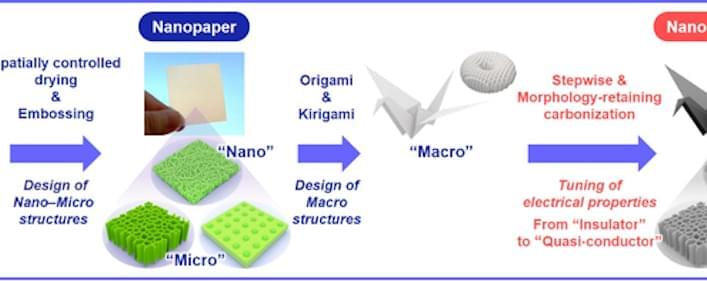
Paper-based semiconductor aids the drive for sustainable electronics
According to the team, the new semiconducting cellulose nanopaper (CNP) can be tailored for a variety of applications. The paper itself can be shaped into different designs and the material’s electrical conduction properties can be tuned from 1012 to 10–2 Ω cm – values that exceed those of previously-reported 3D semiconducting materials – by changing the concentration of charge carriers (electrons and holes) in it. This means it is suitable for use in many devices, from water vapour sensors to electrodes in enzymatic biofuel cells.
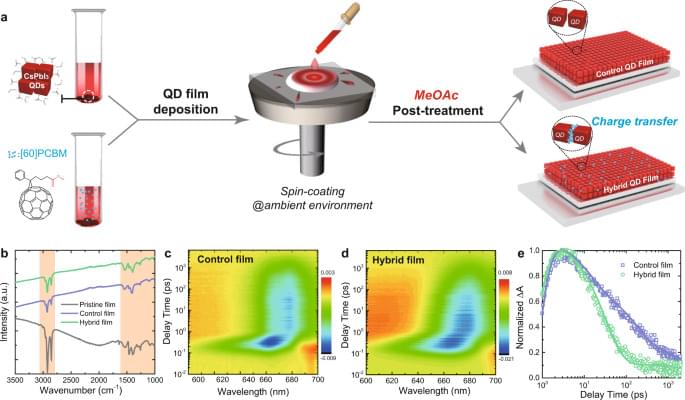
Flexible and efficient perovskite quantum dot solar cells via hybrid interfacial architecture
Circa 2021
Perovskite quantum dots film has better mechanical stability and structural integrity compared to bulk thin film. Here, the authors demonstrate higher endurance of quantum dot films and develop hybrid CsPbI3 QD/PCBM device with PCE of 15.1% and 12.3% on rigid and flexible substrates, respectively.
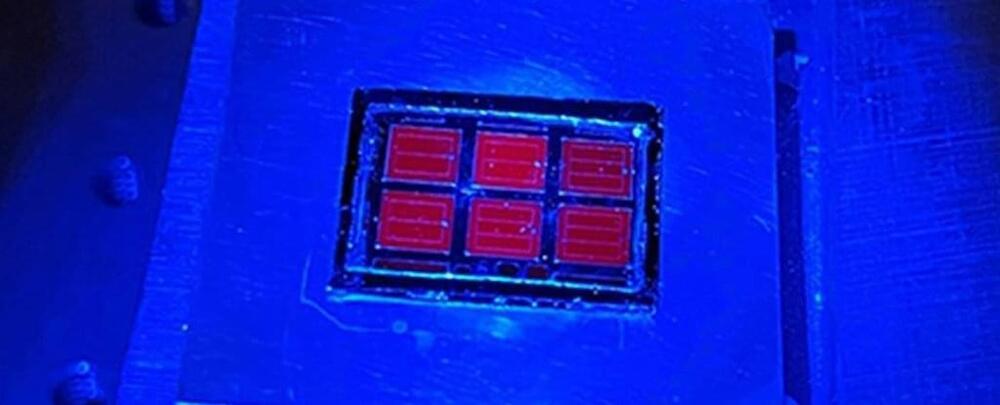
New Quantum Well Solar Cell Just Set a World Record For Efficiency
“there’s a new record to report: a new solar cell has hit 39.5 percent efficiency ”.
Scientists keep on pushing the efficiency of solar panels higher and higher, and there’s a new record to report: a new solar cell has hit 39.5 percent efficiency under the standard 1-sun global illumination conditions.
That 1-sun marker is simply a standardized way of measuring a fixed amount of sunlight, and almost 40 percent of that radiation can now be converted into electricity. The previous record for this type of solar panel material was 39.2 percent efficiency.
There are more types of solar cells around than you might have realized. The type used here, triple-junction III-V tandem solar cells, are often deployed in satellites and space vehicles, though they have plenty of potential here on solid ground as well.
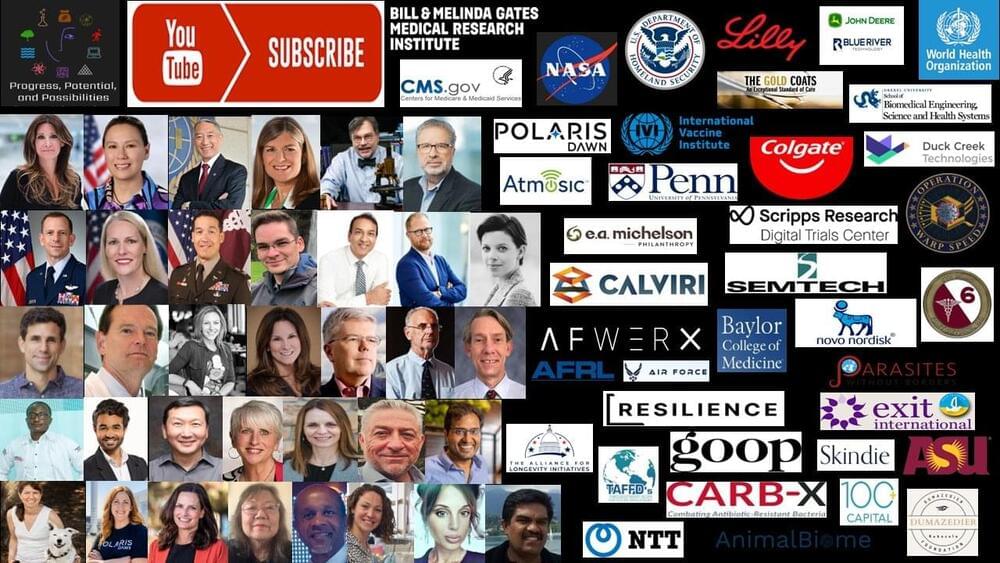
Progress, Potential, And Possibilities has had another busy month!
Come subscribe & enjoy all of our fascinating guests who are creating a better tomorrow! #Health #Longevity #Biotech #Space #AI #Technology #Medicine #NationalSecurity #Energy #Resilience #Environment #Sustainability #Food #Microbiome #SkinCare #Advocacy #PandemicPreparedness #Innovation #Future #Defense #STEM #Aging #IraPastor
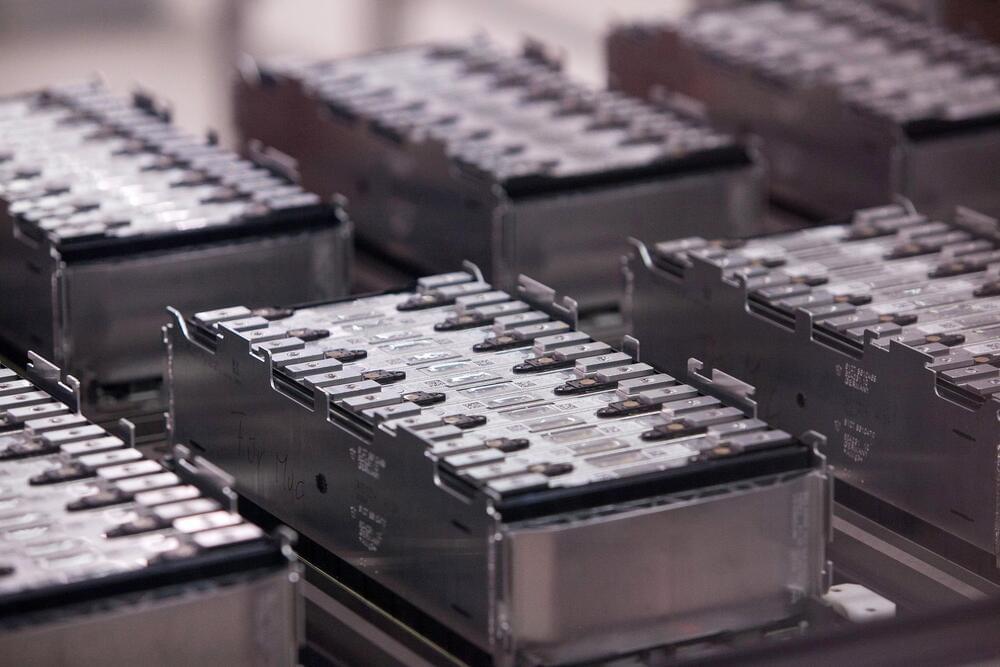
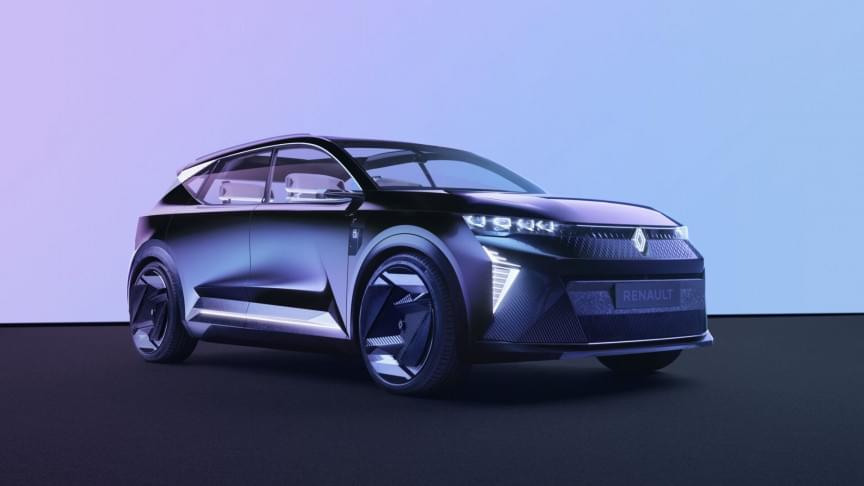
Renault’s first hydrogen-powered EV will drive 500 miles per charge
French car manufacturer Renault Group unveiled their novel Scénic Vision concept car that is powered by a battery that runs on hydrogen at the ChangeNOW summit.
The French carmaker will relaunch its popular Sc é nic model as an electric vehicle in 2024 and aims to add a hydrogen power source to it by 2030.
This new model is part of Renault’s sustainability strategy, and with the launch of the Renaulution strategic plan, Renault Group and its brands have embarked on a major transformation, moving from a race for volume to the creation of economic, environmental, and social value, with the aim of becoming carbon neutral in Europe by 2040 and worldwide by 2050.